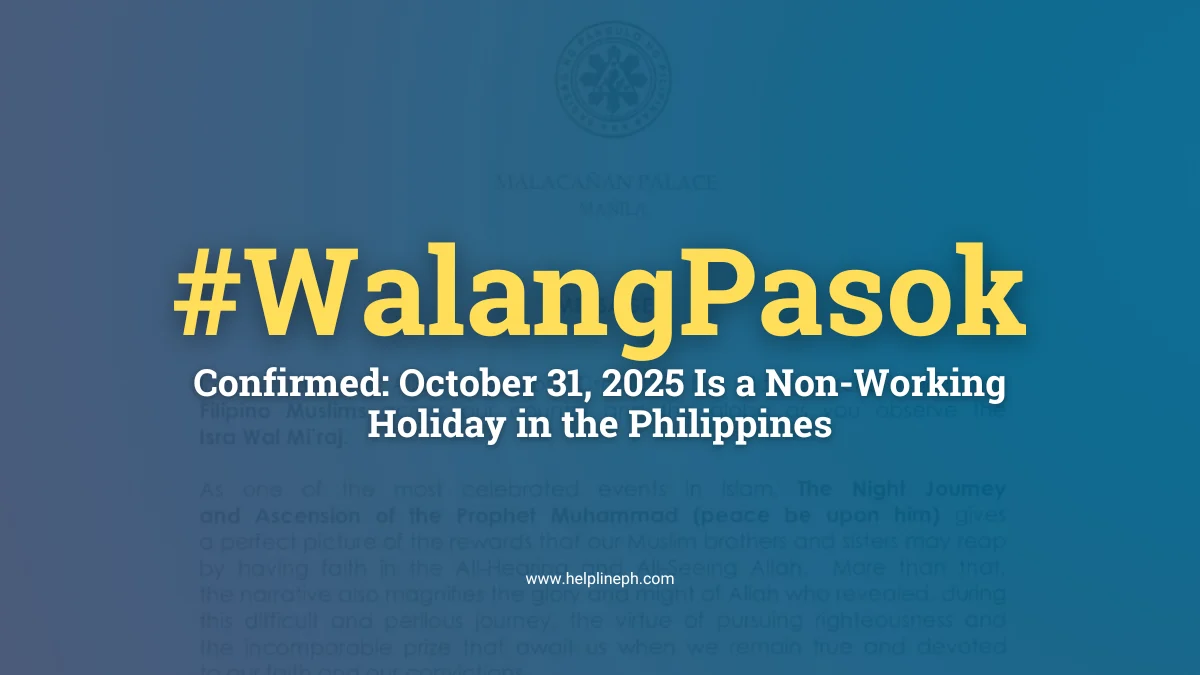President Ferdinand R. Marcos Jr. has announced a series of new benefits and support measures for teachers to help improve their career progression and overall welfare. This commitment comes as part of the country’s national learning recovery program.
Enhanced Benefits for Teachers
During his third State of the Nation Address (SONA), President Marcos highlighted the crucial role teachers play in the nation’s education system. He emphasized the need to “uplift and upskill our teachers,” recognizing their dedication and perseverance.
Starting next year, teachers will receive a teaching allowance, thanks to the new Kabalikat sa Pagtuturo Act. Additional benefits include personal accident insurance from the Government Service Insurance System (GSIS) and a Special Hardship Allowance. The government will also eliminate “utang-tagging,” a practice that often burdens teachers with debt.
Career Progression System
President Marcos announced the implementation of an expanded career progression system. This system is designed to promote professional development and career advancement opportunities for public school teachers. It offers pathways for both teaching and school administration tracks.
“In this system, no public school teacher will retire as Teacher I. If we truly want to succeed in our dream to help the education sector recover, our teachers should be supported and strengthened,” Marcos stated.
Focus on Educational Reform
The President stressed the importance of continuing the national learning recovery program without interruption, especially in basic education. He highlighted the need to improve literacy, problem-solving, and critical thinking skills among students.
To address gaps in digitalization, the government plans to standardize digital and solar-powered electricity in schools. “This is educational reform through technology,” Marcos said. He also committed to speeding up the production of instructional materials, aiming to reduce the timeline from three years to one year from manuscript approval to distribution.
Higher Education Improvements
Marcos noted the international recognition of the country’s higher education institutions (HEIs). A total of 87 HEIs have made it into various world university rankings, with 51 being public universities or colleges.
The past school year saw a rise in enrollment rates in both public and private institutions, as well as in technical-vocational education and training (TVET). The President pointed out that “eight out of 10 graduates of TVET land decent jobs,” underscoring the program’s success in enhancing employability.
Collaborative Efforts for Education
The President acknowledged the collaborative efforts of the Department of Education (DepEd), the Commission on Higher Education (CHED), the Department of Labor and Employment (DOLE), and the Technical Education and Skills Development Authority (TESDA). These agencies are working together to integrate TVET into the Senior High School curriculum, further boosting the employability of Filipino students.
With these initiatives, the government aims to support teachers and enhance the overall quality of education in the Philippines. As the nation strives for educational recovery and progress, the focus remains on the development and welfare of its educators.






